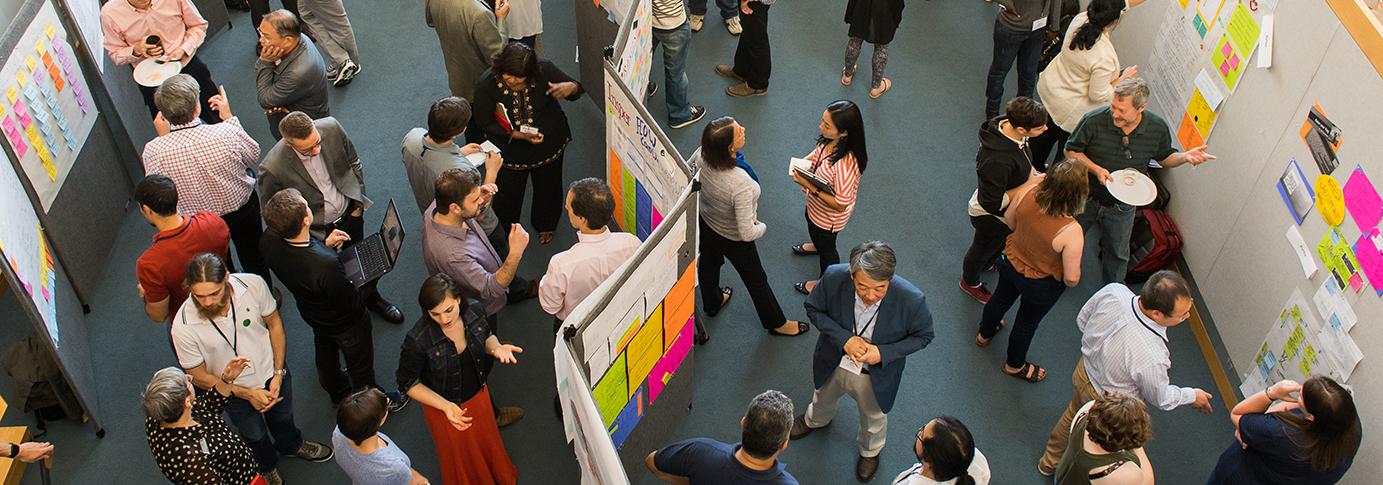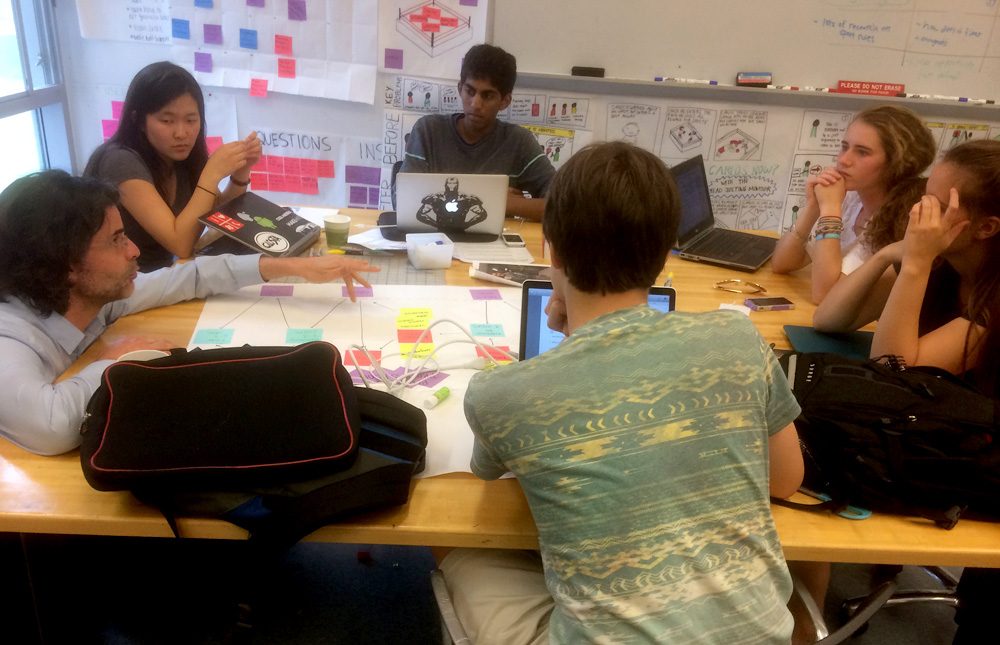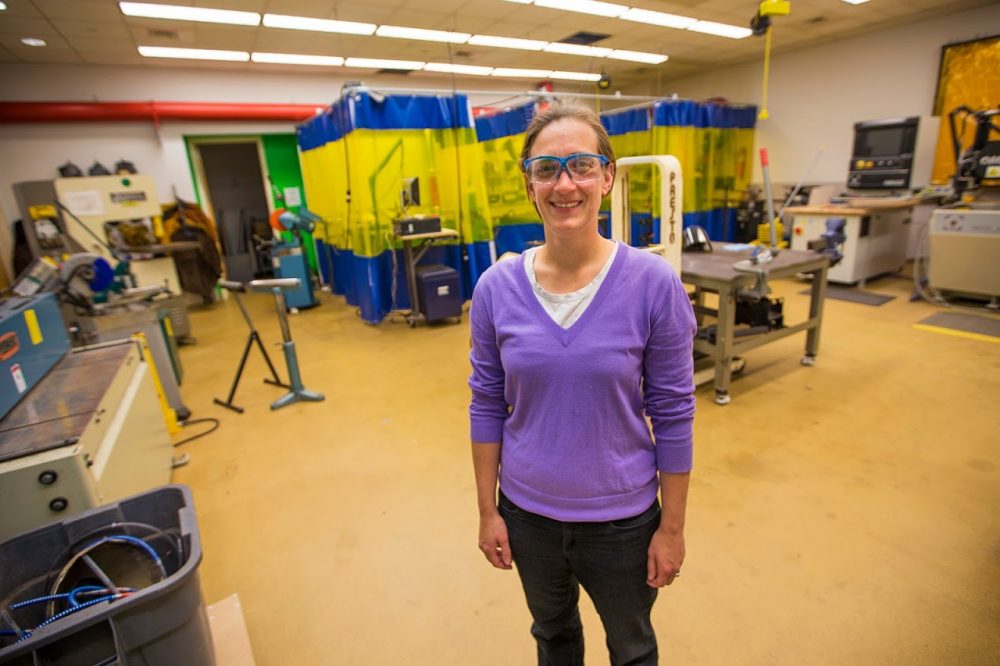Issues around gender and STEM (science, technology, engineering and mathematics) have been a running theme in my professional work.
It begins, of course, with my own experiences in engineering (including being an undergraduate student at the time of the Ecole Polytechnique shootings), and carries through my work with students at Olin College, which has had an institutional commitment to gender parity since its very first class. It’s an ongoing theme of my research in engineering education, and my colleagues and I regularly run workshops on gender and STEM for engineering and other educators. I’ve also written, spoken, and consulted on gender and inclusivity to broader audiences, ranging from writing for a comic book, to speaking at the SXSW Interactive Conference, to consulting work with the senior leadership of an advertising agency.
Women at Olin College
Writing
I write about gender, diversity, inclusion, and bias for a wide range of audiences.

To reduce gender biases, acknowledge them
A former Google engineer’s memo on diversity reveals psychological blind spots, not biological differences.
Reinvention
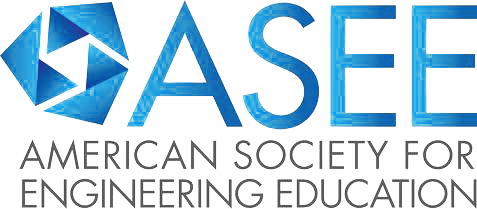
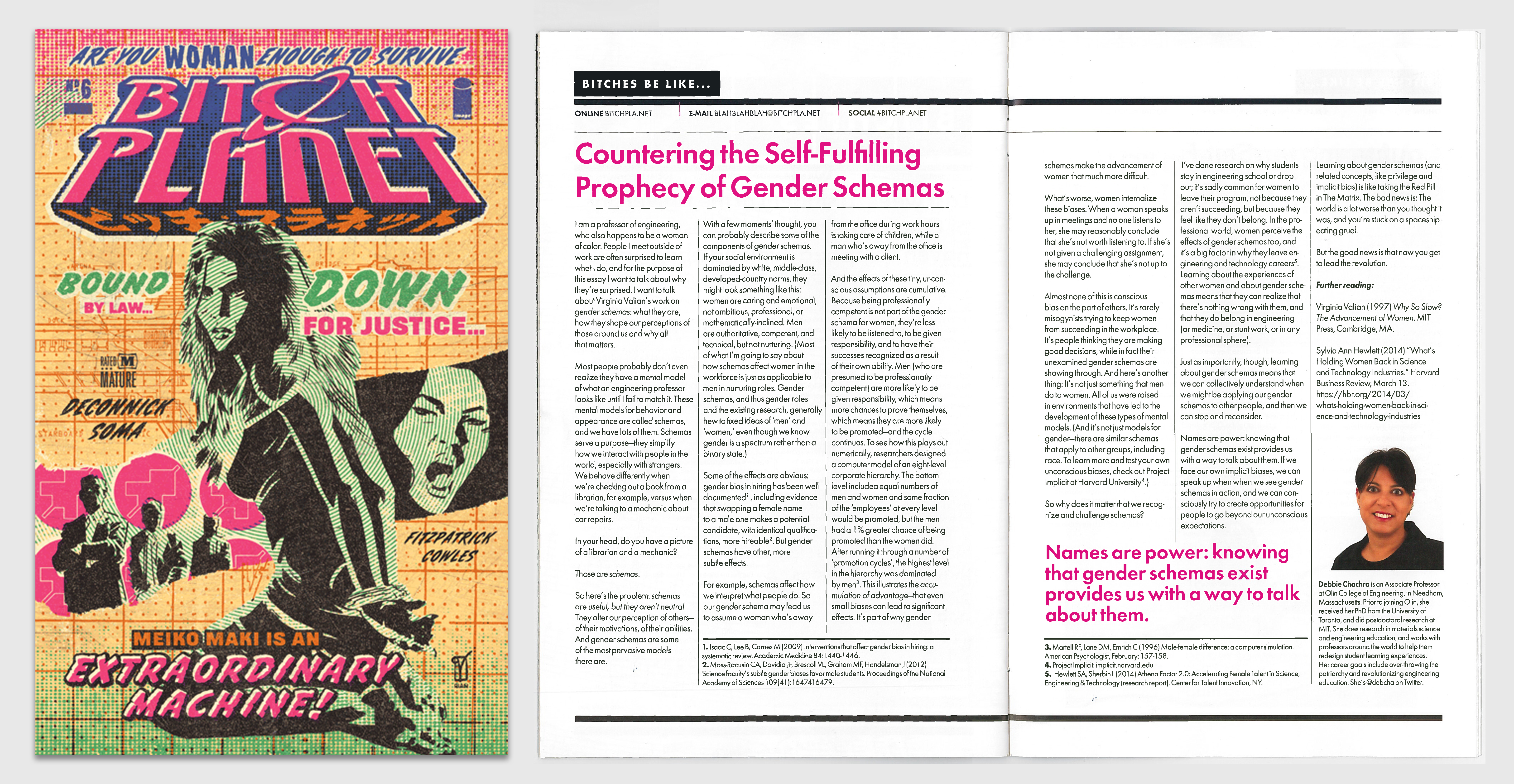
Research
Much of my research in engineering education focuses on the engineering student experience, including gender.
Exploring Gender and Self-Confidence in Engineering Students: a Multi-Method Approach
In this study, we showed that a gender gap in academic self-confidence persisted throughout their engineering education, even among successful students who graduated in four years.
Improving the Experiences of Marginalized Students on Engineering Design Teams
Working in design teams is an increasingly important part of engineering education. This paper summarizes research on the experiences of students from marginalized groups, with strategies for educators on how to make those experiences better.
Speaking
Gender Differences and Design
Matter(ing) by Design symposium, The New School
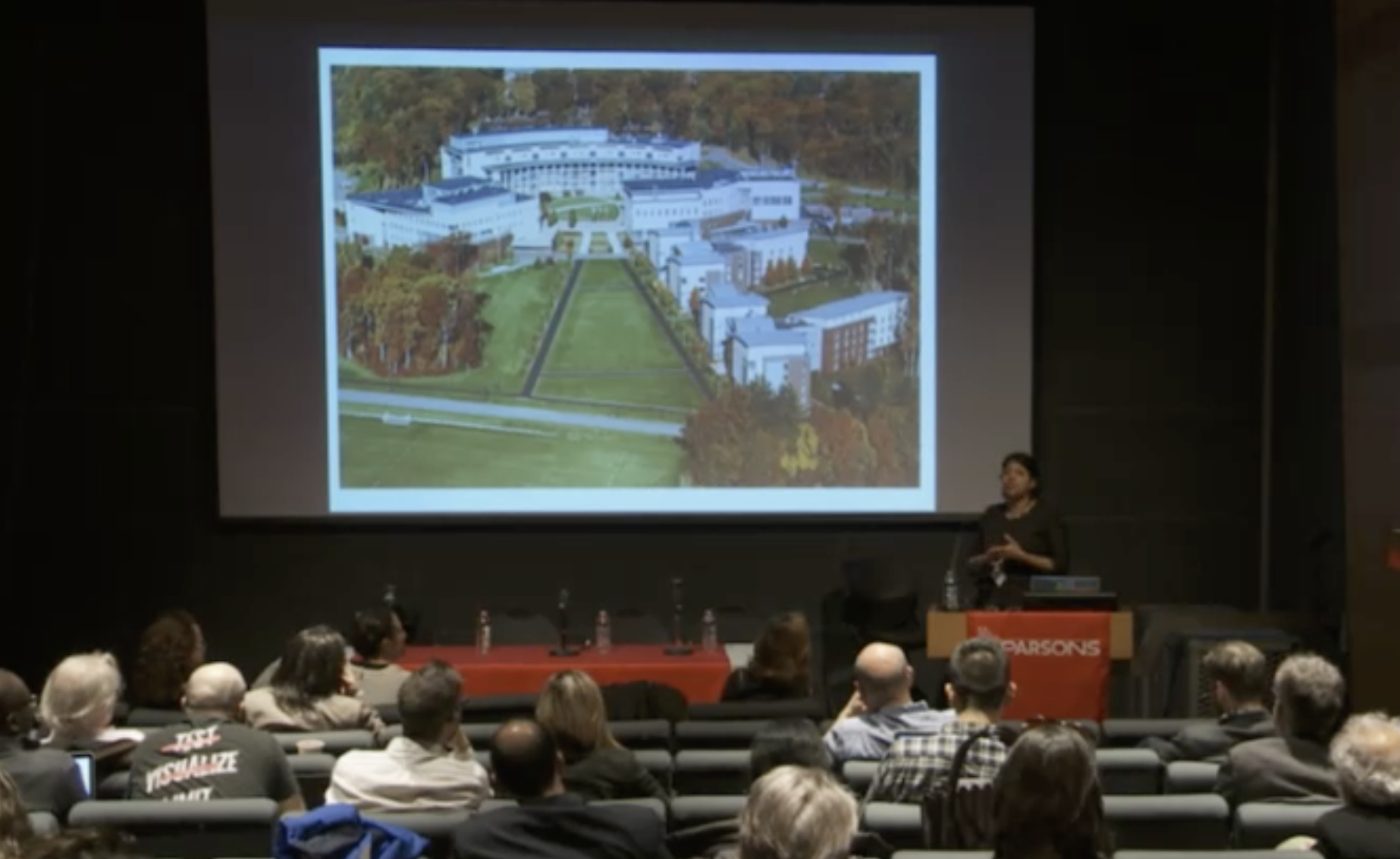
(Presentation starts at 26:30)
